All About Alopecia Areata, Totalis, and Universalis [Pictures Included]
- Written by Lordhair Team
- Nov 6, 2020
- |
- 15 min read
 Listen to the full text
Listen to the full text
Alopecia is the most common medical name of the hair loss condition and most people who start losing hair come across it in general. However, those who have dug deeper know that alopecia is not of one kind. The medical condition has three popular types namely:
- Alopecia areata
- Alopecia totalis
- Alopecia universalis
In this blog, we will learn about all three types of alopecia in detail so that the right recovery steps can be taken in a timely manner. From meaning to symptoms and causes to treatments, we will be covering everything. But before we talk about different types of alopecia and show the pictures, let’s be clear with the definition!
What Is Alopecia?
Alopecia is a medical term used for loss of hair, either diffuse or patchy due to a structural or functional defect in the hair follicle or change in the hair strands itself. It may occur naturally or can be triggered by a specific disease. Sometimes, alopecia transpires by the use of certain medications.
Despite sounding obscure, the term alopecia is used to cover several types of hair loss conditions which makes it hard for anyone to be very specific. Let’s jump straight to its major types to get deeper clarity.
The following are the major types of alopecia hair loss:
#1 Alopecia Areata
Alopecia areata is an autoimmune disorder that often results in unpredictable hair loss. This type of hair loss roughly affects 6.8 million people in the US. It causes hair strands to come out often in clumps. The amount of hair loss caused by alopecia areata differs from individual to individual. Some people lose strands only in a few spots while others lose a lot.
Sometimes, hair grows back for good but in most cases, it leads to permanent hair damage. While alopecia areata hair loss can affect anyone at any age, it happens mostly before the age of 30.
Let's quickly look at the symptoms, causes, and treatments of alopecia areata:
Symptoms of alopecia areata
People suffering from this type of alopecia hair loss often face the following symptoms:
- Small coin-shaped bald patches on the scalp or other parts of the body.
- Patches get larger and grow together into a big bald spot.
- Hair strands grow back in one spot and fall out in another.
- More hair loss in cold weather
- Fingernails and toenails become red, brittle, and pitted.
- Tingling, itching, and burning sensations on the scalp.
Here’s what alopecia areata looks like:
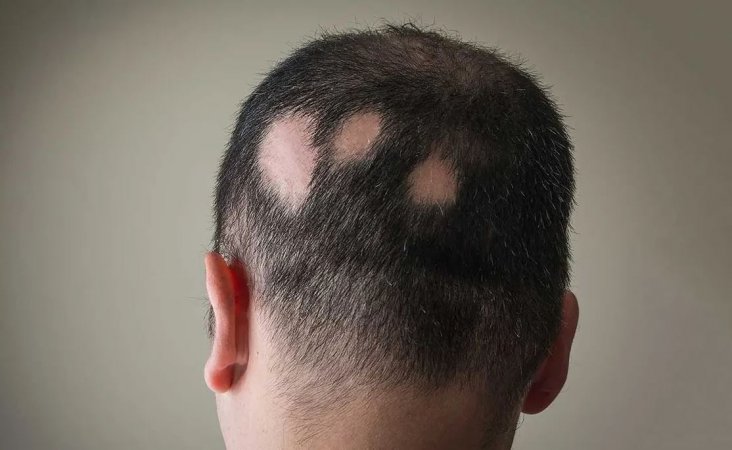
Alopecia areata causes
Dermatologists still don’t know the exact reason why alopecia areata hair loss happens. But over the past decade, we have managed to figure out several factors that contribute to developing this complex hair fall condition. Here are some of those factors:
- Family genes: Alopecia areata is more likely to occur in a person who has a close family member with the same disease. 1 in 5 people with alopecia areata has a family member who has the same autoimmune disease.
- Thyroid disease: Another major cause of this type of alopecia hair loss. In thyroid dysfunction, hair on other parts of the body such as eyebrows, eyelashes, and body hair may also be affected.
- Asthma: Asthma could also be a cause behind alopecia areata hair loss. It elevates the level of prostaglandin D2 in the scalp that prevents the hair cells from maturing and retards cellular growth.
Early signs of alopecia in men and remedies to prevent hair loss
Alopecia areata treatments
Sadly, hair loss caused by alopecia areata is permanent. There is no cure to completely reverse this type of hair loss in its advanced stage. However, there are some treatments with which one can prevent alopecia areata at an early stage.
The following are some methods to counter alopecia areata hair loss:
- Anthralin cream: Anthralin cream is one of the best treatments to overcome alopecia areata at an early stage. It is a synthetic, tar-like ointment that is applied to hairless patches once a day and then washed off after 30-50 minutes.
Anthralin cream usually shows its efficacy within 8 to 12 weeks. However, we highly recommend taking a prescription from a dermatologist as it has its share of side effects.
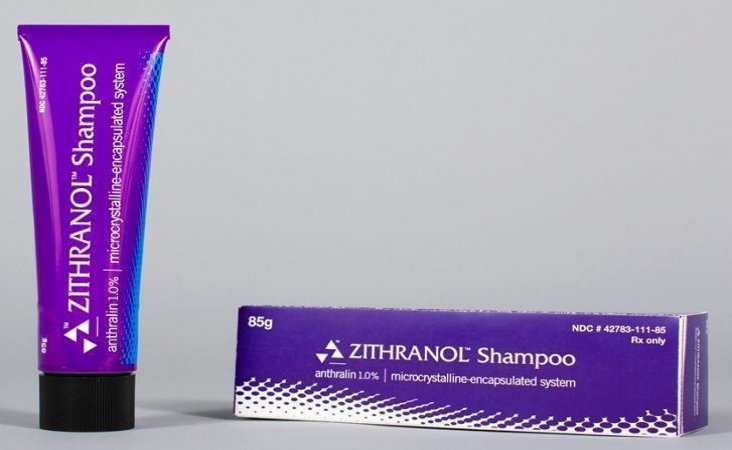
Here are some well-known side effects:
- Scalp irritation
- Temporary brownish discoloration of the treated area
- Redness
- Hair systems: A hair system is emerging as a popular treatment to overcome alopecia areata in its advanced stage. Also known as modern toupees for men and wigs for women, it’s a non-surgical hair solution designed with human hair strands woven into a skin-friendly base that covers the scalp area with the bald patch.
Apart from being popular for durability and natural appeal, hair systems can be attached with ease using tape, glue, or clips. Check out this transformation to witness how a hairpiece helps overcome hair loss and boosts confidence:
Above are some treatments to deal with alopecia areata hair loss. Now that we know everything about this type of hair loss, it’s time to put the spotlight on the next type of alopecia!
Thinning hair got you worried? Learn everything about the thinning crown and its causes!
#2 Alopecia Totalis
Alopecia totalis is an advanced type of hair loss that is characterized by the complete loss of hair on the scalp. In earlier stages, it causes round patches of hair loss, just like what alopecia areata causes but soon becomes very aggressive.
Although the exact reasons behind alopecia totalis still remain a mystery, some scientists believe it to be an autoimmune condition in which the immune system mistakenly attacks hair follicles.
Scientists state that around 20% of people who have a family member with alopecia areata have a chance to get affected by this advanced form of hair loss condition.
Symptoms of alopecia totalis
People suffering from alopecia totalis are likely to face the following symptoms:
- Heavy hair strand loss
- Soreness
- Scalp itching
- Tingling sensations
- Brittle and pitted nails
This picture will give you an idea of what this advanced alopecia looks like:
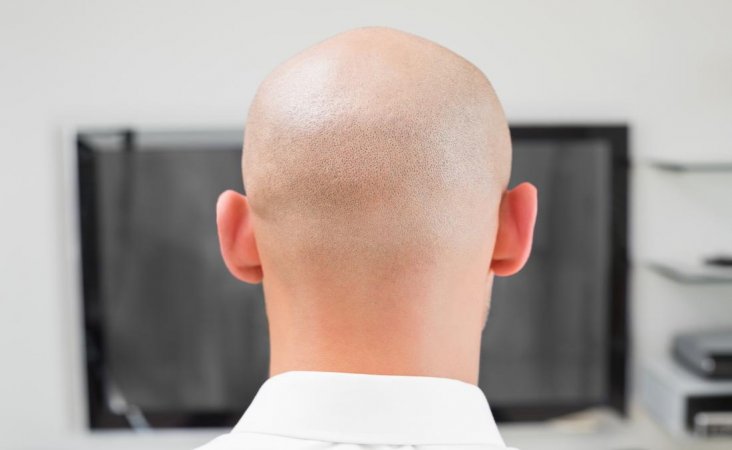
Alopecia totalis causes
Doctors are yet able to pinpoint the exact reasons behind alopecia totalis. However, many researchers attribute this type of alopecia hair loss condition
to the following reasons:
- Mistaken immune system: The immune system is the primary defense system of our human body and protects us from diseases. Sometimes, however, it attacks healthy cells by mistake and results in autoimmunity.
In alopecia totalis, the immune system releases Cytokines (chemical messenger molecules) that attack the hair follicles and cause inflammation and hair loss.
- Genes: Genetic factors also play a major role in the development of alopecia totalis. Specific genes make an individual more susceptible to developing this alopecia type.
In simple words, a person is more likely to develop alopecia totalis if he carries the genes and comes into contact with other trigger factors such as allergies, viruses, and toxins.
Alopecia totalis treatments
Just like alopecia areata, there is no medical treatment that promises a permanent solution for alopecia totalis. However, some available treatments can help in suppressing symptoms in the early stages.
The followings are some popular recovery methods that can help stop alopecia totalis from getting worse:
- Minoxidil: Minoxidil is an over-the-counter medication for alopecia totalis hair loss approved by the FDA for both men and women. Popularly known as Rogaine, it is sold as a foam or liquid and in two strengths: 2% and 5%.
Use minoxidil in conjunction with other hair recovery therapies. Hair may begin to regrow within 5-6 months. Before using this OTC medication, it is highly advised to get a prescription from a dermatologist as minoxidil has its share of side effects. These are some well-known side effects of minoxidil:
- Scalp irritation
- Eczema
- Abnormal hair growth on the body
- Burning sensation
- Application site redness
- Low blood pressure
- Dizziness
Learn more about the side effects of minoxidil
- Corticosteroids: Another emerging treatment to deal with alopecia totalis. Taken either in injections or pills, corticosteroids decrease soreness and scalp itching caused by alopecia totalis and helps in stabilizing the autoimmune disease.
Though effective, corticosteroids for hair loss treatment aren’t advised to be used in the long-term as they potentially have dangerous side effects.
- Biologics: A group of anti-inflammatory drugs called biologics is currently being tested for alopecia totalis. These drugs contain particular proteins that are designed to dampen down the immune system and check chronic hair loss.
Scientists believe that biologics can handle other autoimmune conditions by turning off the inflammatory response thought to cause different types of alopecia hair loss.

Whilst there is currently no cure for alopecia totalis, most people with this type of alopecia can go with one of the above treatments after consulting a doctor. In case none of these treatments work, go for a high-quality hair system to recover a full head of hair.
#3 Alopecia Universalis
Till now, we have talked about two different types of alopecia hair loss conditions and shown their pictures along with possible reasons and treatments. The next alopecia hair loss type we are going to talk about is unlike already discussed conditions.
Alopecia universalis (AU) is an advanced form of alopecia areata that causes complete hair loss on the scalp and body. Researchers believe it to be an immune system disorder where the body’s immune system mistakenly attacks the hair follicles, which makes every single strand on the body fall out.
Symptoms of alopecia universalis
If an individual begins to lose hair not only on the head but also on the other parts of his body, it is highly likely that alopecia universalis is settling in. Symptoms include the loss of:
- Body hair
- Eyebrows
- Eyelashes
- Scalp hair
- Pubic hair
- The hair inside the nose
Patients with alopecia universalis face itching or burning sensations in the affected areas. This picture shows what this advanced type of alopecia looks like:
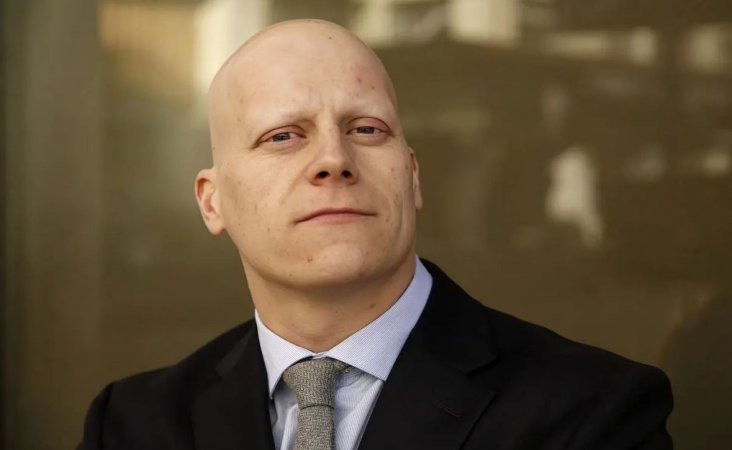
Alopecia universalis causes
Just like the above two hair loss conditions, the precise causes of alopecia universalis remain unknown. Doctors believe certain factors may increase the risk of this hair loss type. Here are those factors:
- Family genes: Family genes are considered one of the biggest causes behind alopecia universalis. If someone in the family inherits a genetic predisposition to the condition, chances are you will have to face the same problem. This genetic connection could be inherited from both mother and father.
- Environment: Environment combined with genetics and the immune system may trigger alopecia universalis hair loss. Most of the time, this environmental trigger remains hidden and could be an illness, allergy, hormones, or toxins.
Some scientists also believe that stress may also trigger the onset of alopecia universalis. However, more research is needed to support this theory.
Alopecia universalis treatments
There are some treatments that can help in slowing or stopping this type of alopecia hair loss. In some cases, treatments have restored hair to the affected areas. But since alopecia universalis is a severe type of alopecia, the success rate is low.
The followings are some popular methods of dealing with alopecia universalis hair loss:
- Tofacitinib: Tofacitinib is an inhibitor of Janus kinase-3 and approved by FDA to treat alopecia universalis hair loss. A 5mg daily dosage is commonly prescribed for tofacitinib treatment.
This medication based on response and tolerability can also be taken as a 5 mg tablet twice a day, or 11 mg extended-releases once a day. Just make sure to take a prescription from a dermatologist before consuming tofacitinib.

- Psoralen with ultraviolet light therapy: Psoralen with ultraviolet light therapy of PUVA is a successful means of treating alopecia universalis hair loss. Psoralen is a medication that increases the skin’s sensitivity to ultraviolet light.
When combined with medically administered ultraviolet light, this treatment becomes PUVA therapy. Psoralen used in this treatment can be applied topically or taken orally.
Unlike tofacitinib, psoralen with ultraviolet light therapy brings side effects such as nausea and cataract due to scalp exposure to ultraviolet light. Lordhair recommends consulting multiple skin specialists before proceeding with this treatment.
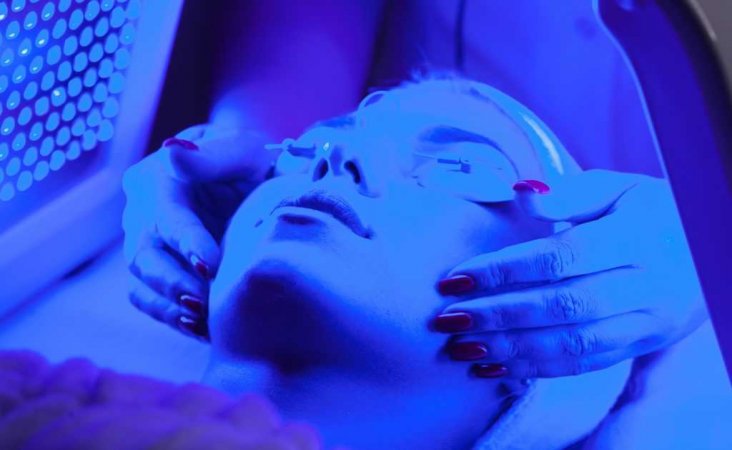
Above are the 3 major types of alopecia hair loss along with treatments. With the right insights into the different types of alopecia, we can act in a timely manner to counter the hair loss situation and stop it from getting worse.
We know hair loss and regrowth for these autoimmune diseases can be very unpredictable and take many months for full recovery (if successful). Therefore, we recommend wearing top-notch hair systems to cope with hair loss during the treatments.
Visit our website today to browse highly-rated hairpieces for men and wigs for women! Got any questions to ask about wearing a hair system? Send them to support@lordhair.com to get answers from our hair experts!


